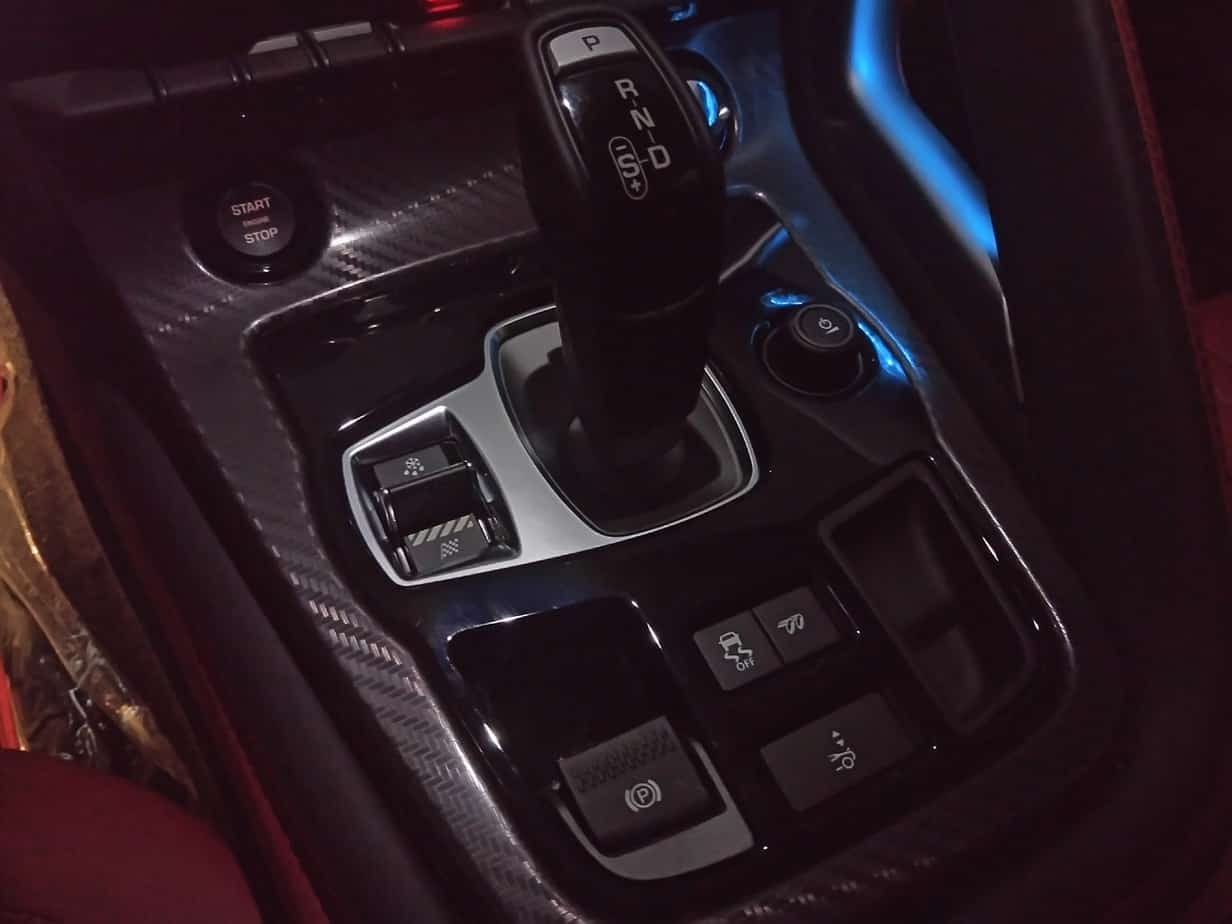
Operating a car involves high operating costs. Economical driving can be a way to save on fuel and repairs. What does eco-driving with an automatic transmission look like?
Eco-driving is a driving technique that has both supporters and opponents. It is characterized by calm, smooth and ecological driving, which can reduce fuel consumption by up to several percent. In addition, this way of driving increases the life span of individual car parts, so that visits to the mechanic and replacement of components will be a real rarity. One of the biggest advantages of using this driving technique is limiting the emission of pollutants into the environment, which is now an increasingly important aspect.
Many people think that economical driving with an automatic transmission is impossible. This is a mistake! Modern solutions are characterized by a high degree of sophistication and intelligent operation. As a result, cars with automatic transmissions are able to adapt to road conditions, and thus save fuel. Economical driving will be no different in principle than with a manual transmission – it may even be easier. Just be sure to follow the rules and pay attention to your surroundings
Ecodriving is very often associated only with the correct change of gears. But that’s not all – it also counts adequate observation of what is happening around, anticipating the behavior of drivers and care about the condition of the vehicle.
If you own a car equipped with an automatic transmission, the matter is much simpler, because we do not have to worry about putting the right gear. This is a task for the systems of our car, which can optimize the work of the engine. Driving such a car is extremely simple and pleasant, as well as ecological and economical. Just read a few important rules, apply them regularly and enjoy the money you save
In order to adjust your car to the road conditions, it is very important to focus and observe what is going on around you. Concentration is extremely important in the life of every driver. Lack of it can not only affect the quality of our driving, but can also be the cause of dangerous accidents.
Staying on top of the traffic situation will allow you to optimize the speed of your vehicle, predict when you will brake, and avoid sudden maneuvers. Following this key rule is a way to drive calmly, smoothly and as steadily as possible. Traffic lights or sudden stopping of other drivers will not force us to react suddenly, because we will have enough time to brake the engine and thus drive a longer distance without consuming fuel.
Braking is not the only thing that requires drivers to maneuver violently. While stopping suddenly in the event of a traffic light change or collision is perfectly reasonable, unnecessary acceleration and overtaking are not economical driving practices. These behaviors should be avoided as much as possible – they consume huge amounts of fuel, and also cause faster wear and tear of individual components of our vehicle
The overriding principle of eco-driving is smooth driving, so try to follow it whenever possible. You’ll quickly see the money you can save, and you’ll also be able to maintain a good level of road safety.
Among the most important principles of eco-driving is proper RPM control. The presence of automatic transmission in our car does not exempt us from the obligation to monitor its correct operation. It is very important to handle the gas pedal calmly and gently.
When starting, pay attention to the engine speed – it should rise to a maximum of 3 thousand, and should not be less than 2.2 thousand. One of the most important principles of ecodriving is to always drive in the highest possible gear and the lowest possible engine speed. This allows efficient use of the vehicle’s power.
Today’s automatic transmissions are very advanced and refined from every angle. They offer many possibilities that are not available to owners of classic cars with manual transmissions. It is even possible to “teach” the automatics a particular driving style. Certain behaviors of the driver are remembered, so that when the conditions are right, the gears will automatically change to higher.
(Photo: pixabay.com)